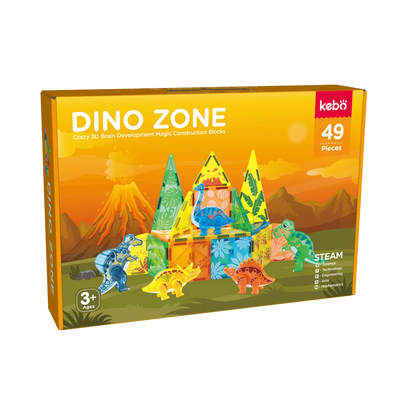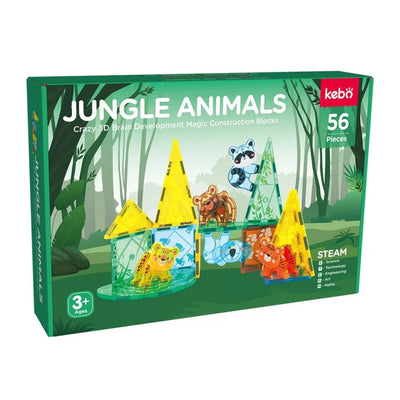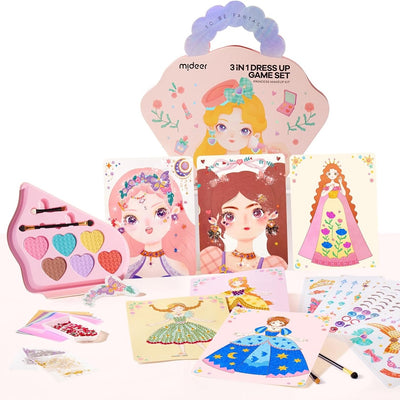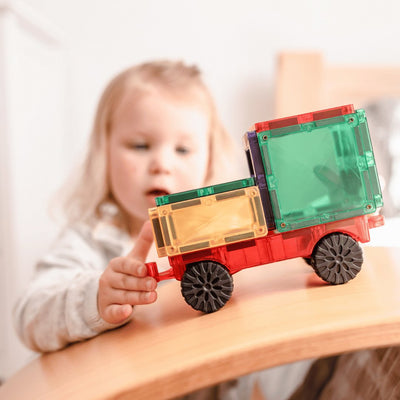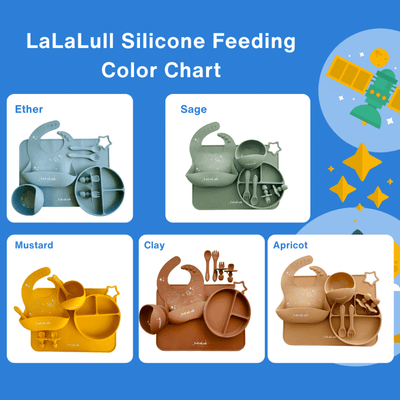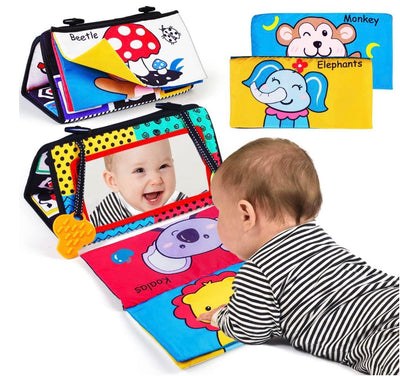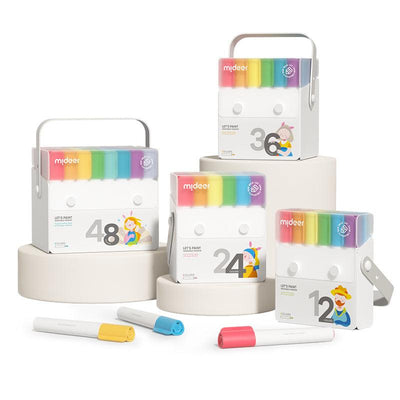Introducing solid foods to your baby is an exciting milestone. It marks a period of discovery and growth, but it also raises many questions for new parents. When is the right time to start? What foods should you begin with? How can you make the transition smooth and safe? Here, we’ll explore these questions and introduce a toolset designed to make this journey easier and safer: the Silicone Feeding Set.
The Ideal Time to Begin: Understanding Age Guidelines
The journey into solid foods typically begins around six months of age. This timeline is supported by both the World Health Organization (WHO) and Australia's National Health and Medical Research Council (NHMRC), which recommend exclusive breastfeeding until this point. However, it's important to remember that each child is unique. Readiness for solids doesn't adhere to a strict timeline and can vary from one baby to another.
What do official guidelines say?
The World Health Organization (WHO) recommends exclusive breastfeeding for the first 6 months and then for breastfeeding to continue alongside complementary (family) foods for 2 years or beyond.
Australia's National Health and Medical Research Council (NHMRC) recommends exclusive breastfeeding for around the first 6 months and then for breastfeeding to continue alongside complementary foods for 1 year, or as long as mother and child desire.
Australian recommendations in the current (2012) Australian Infant Feeding Guidelines are to introduce solids at around 6 months of age.
Recognizing Readiness for Solids in Your Baby
Readiness for solid foods is less about the calendar and more about observing your baby’s cues. Signs of readiness include being able to sit up with minimal support, showing curiosity towards food, and demonstrating a chewing motion. Your baby may start reaching for your food, indicating their interest in exploring tastes beyond breastmilk or formula.
First Foods to Try: A Nutritious Beginning
When starting solids, focus on iron-rich foods to complement your baby's nutrition. Pureed vegetables, fruits, and iron-fortified cereals are excellent first choices. Introduce one food at a time and wait a few days before trying another to monitor for any allergic reactions. This gradual approach helps in identifying any food sensitivities early.
How to Safely Introduce New Foods
Introducing solids is not just about the "what" but also the "how." Safety and engagement are key. This is where the LaLaLull Silicone Feeding Set comes into play. Designed with your baby's safety and autonomy in mind, this set includes:
Anti-Choking Training Spoon and Fork: Ergonomically designed to fit your baby’s tiny hands, these tools encourage self-feeding under supervision while minimizing the risk of choking.
Plate and Bowl with Suction Base: To avoid mess and ensure stability, both the plate and bowl firmly attach to the table. This design not only prevents spills but also supports your baby’s attempts at self-feeding, making mealtime a less stressful and more enjoyable experience for everyone involved.
The LaLaLull Set is crafted from BPA-free silicone, ensuring that it's safe, easy to clean, and durable. It’s specifically designed to grow with your child, supporting them as they transition from purees to more solid foods.
Continuing Breastfeeding Alongside Solids
As you embark on this new feeding journey, remember that breastfeeding remains a crucial part of your baby's diet. The introduction of solids is a complementary process, meant to go alongside, not replace, breast milk or formula. This dual approach ensures your baby receives all the necessary nutrients for optimal growth and development.
Introducing your baby to solid foods is a journey filled with messy faces, new flavors, and the joy of discovery. With the right timing, foods, and tools like the LaLaLull Silicone Feeding Set, you can ensure that this transition is not only safe but also a source of delight and exploration for your baby
